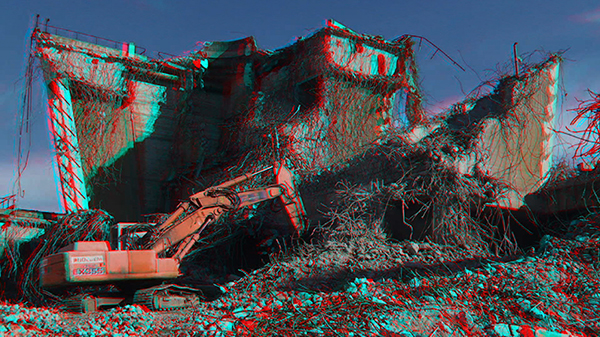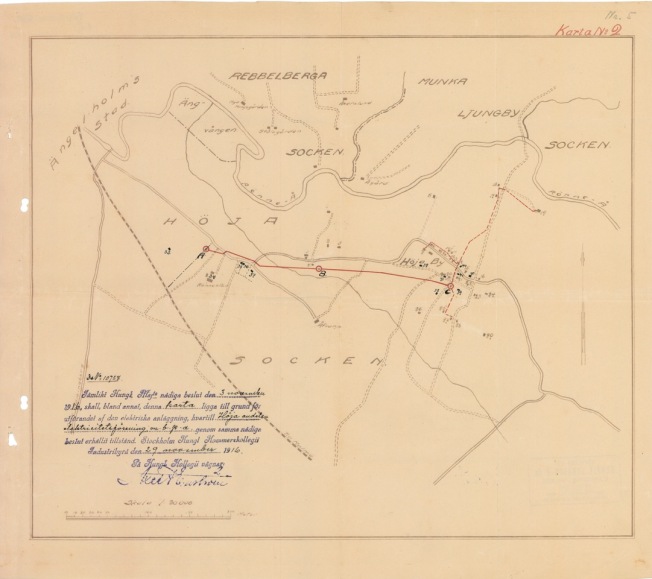Among the films to be shown in our jubilee screening in August is The Communist Revolution Was Caused By The Sun, by Anton Vidokle.

The Communist Revolution Was Caused By The Sun (c) Anton Vidokle
This film was screened at the 2016 Berlinale film festival. Quoting from their website:
“…The Communist Revolution Was Caused By The Sun, looks at the poetic dimension of the solar cosmology of Soviet biophysicist Alexander Chizhevsky. Shot in Kazakhstan, where Chizhevsky was imprisoned and later exiled, the film introduces Сhizhevsky’s research into the impact of solar emissions on human sociology, psychology, politics, and economics in the form of wars, revolutions, epidemics, and other upheavals.”

The Communist Revolution Was Caused By The Sun (c) Anton Vidokle
A version of the script for the film was presented during last year’s Venice Biennale, and can be read here
According to the script, an aero-ionization dish is constructed in a factory in Karaganda, Kazakhstan. Its’ purpose is to give an electrical charge to oxygen atoms, matching or complementing the electrical charge of our red blood cells. These chandeliers were originally designed to be installed on spaceships, where they would benefit the health of cosmonauts. But instead they were hung in the offices of Soviet government officials, to prevent them from growing senile.

The Communist Revolution Was Caused By The Sun (c) Anton Vidokle
An interview with Anton Vidokle regarding the films in the trilogy can be found here
Quoting from the interview:
“Kazakhstan was the site of a very large network of labor camps known as Karlag, similar to the better-known Gulag. It was also the key site of the Soviet space program, with most of the rockets launching from Baikonur and landing in the steppe surrounding Karaganda. Sort of like the American city of Houston, in Texas, the city was both an enormous prison and one of the first spaceports. Architecturally, it is dominated by vast coal mines, most of which are now shut down, as well as enormous cemeteries which evolved a very particular architectural style that I have not seen elsewhere: they look like miniature cities full of manifold mausoleum structures quoting various Islamic traditional styles, albeit all made from cheap, Soviet-era materials. It’s a very unusual place.”














